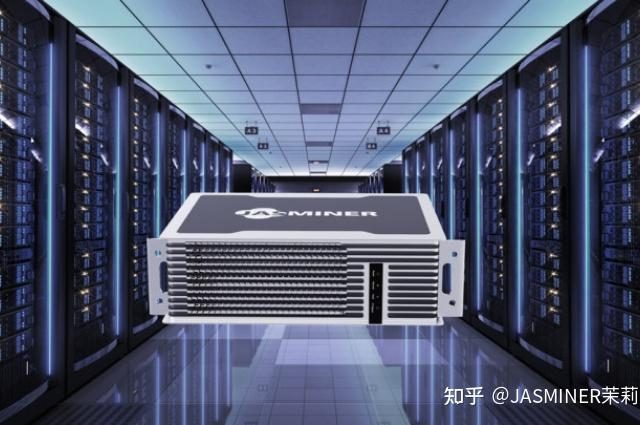TSMC commits to two tools for delivery next year Maybe, just maybe, ASML Holding N.V. (ASML) has made the near-impossible a reality by creating a cost-effective Extreme Ultra-Violet (EUV @ ~13.5nm wavelength) all-reflective lithographic tool. The company has announced that Taiwan Semiconductor Manufacturing Company Ltd. (TSMC) has ordered two NXE:3350B EUV systems for delivery in 2015 with the intention to use those systems in production. In addition, two NXE:3300B systems…
Ed’s Threads
Nakamura Co-Wins Nobel for Blue LEDs
The Nobel Prize in Physics 2014 was awarded jointly to Isamu Akasaki, Hiroshi Amano, and Shuji Nakamura “for the invention of efficient blue light-emitting diodes which has enabled bright and energy-saving white light sources”. In the late 1980s red and green LEDs had been around for decades, but despite large programs in both academia and industry there had been almost no R&D progress in blue LEDs (this editor did process…
IBM Shows Graphene as Epi Template
Last month in Nature Communications (doi:10.1038/ncomms5836) IBM researchers Jeehwan Kim, et al. published “Principle of direct van der Waals epitaxy of single-crystalline films on epitaxial graphene.” They show the ability to grow sheets of graphene on the surface of 100mm-diameter SiC wafers, the further abilitity to grow epitaxial single-crystalline films such as 2.5-μm-thick GaN on the graphene, the even greater ability to then transfer the grown GaN film to any…
Leti integrates everything
Now I know how wafers feel when moving through a fab. Leti in Grenoble, France does so much technology integration that in 2010 it opened a custom-developed people-mover to integrate cleanrooms (“Salles Blanches” in French) it calls a Liaison Blanc-Blanc (LBB) so workers can remain in bunny-suits while moving batches of wafers between buildings. I got to ride the LBB from the 300mm diameter wafer silicon CMOS and 200mm diameter…
Chasing IC Yield when Every Atom Counts
Increasing fab costs coming for inspection and metrology At SEMICON West this year in Thursday morning’s Yield Breakfast sponsored by Entegris, top executives from Qualcomm, GlobalFoundries, and Applied Materials discussed the challenges to achieving profitable fab yield for atomic-scale devices (Figure source is the ITRS 2013 Yield Chapter). Due to the sensitive nature of the topic, recording was not allowed and copies of the presentations could not be shared. Qualcomm…
Moore’s Law is Dead – (Part 4) Why?
We forgot Moore merely meant that IC performance would always improve (Part 4 of 4) IC marketing must convince customers to design ICs into electronic products. In 1965, when Gordon Moore first told the world that IC component counts would double in each new product generation, the main competition for ICs was discrete chips. Moore needed a marketing tool to convince early customers to commit to using ICs, and the…
Moore’s Law is Dead – (Part 3) Where?
…we reach the atomic limits of device scaling. At ~4nm pitch we run out of room “at the bottom,” after patterning costs explode at 45nm pitch. Lead bongo player of physics Richard Feynman famously said, “There’s plenty of room at the bottom,” and in 1959 when the IC was invented a semiconductor device was composed of billions of atoms so it seemed that it would always be so. Today, however,…
Moore’s Law is Dead – (Part 2) When?
…economics of lithography slow scaling. Moore’s Law had been on life support ever since the industry started needing Double-Patterning (DP) at 1/4-pitch of 193nm optical lithography. EUV lithography shows slow and steady progress in source and resist technologies, and ASML folks tell me that they now have a pellicle to protect the reflective masks, yet it remains in R&D. All other lithographic technologies under consideration—e-beam direct write, nano-imprint, directed self-assembly—can…
Moore’s Law is Dead – (Part 1) What?
…twice the number of components won’t appear on the next IC chip (Part 1 of 4) Gordon Moore always calls it “so-called Moore’s Law” when discussing his eponymous observation about IC scaling trends, and he has always acknowledged that it’s no more and no less than a marketing tool used to inform an ecosystem of downstream chip-users of price:performance improvements planned. The original observation published in 1965 and updated in…

